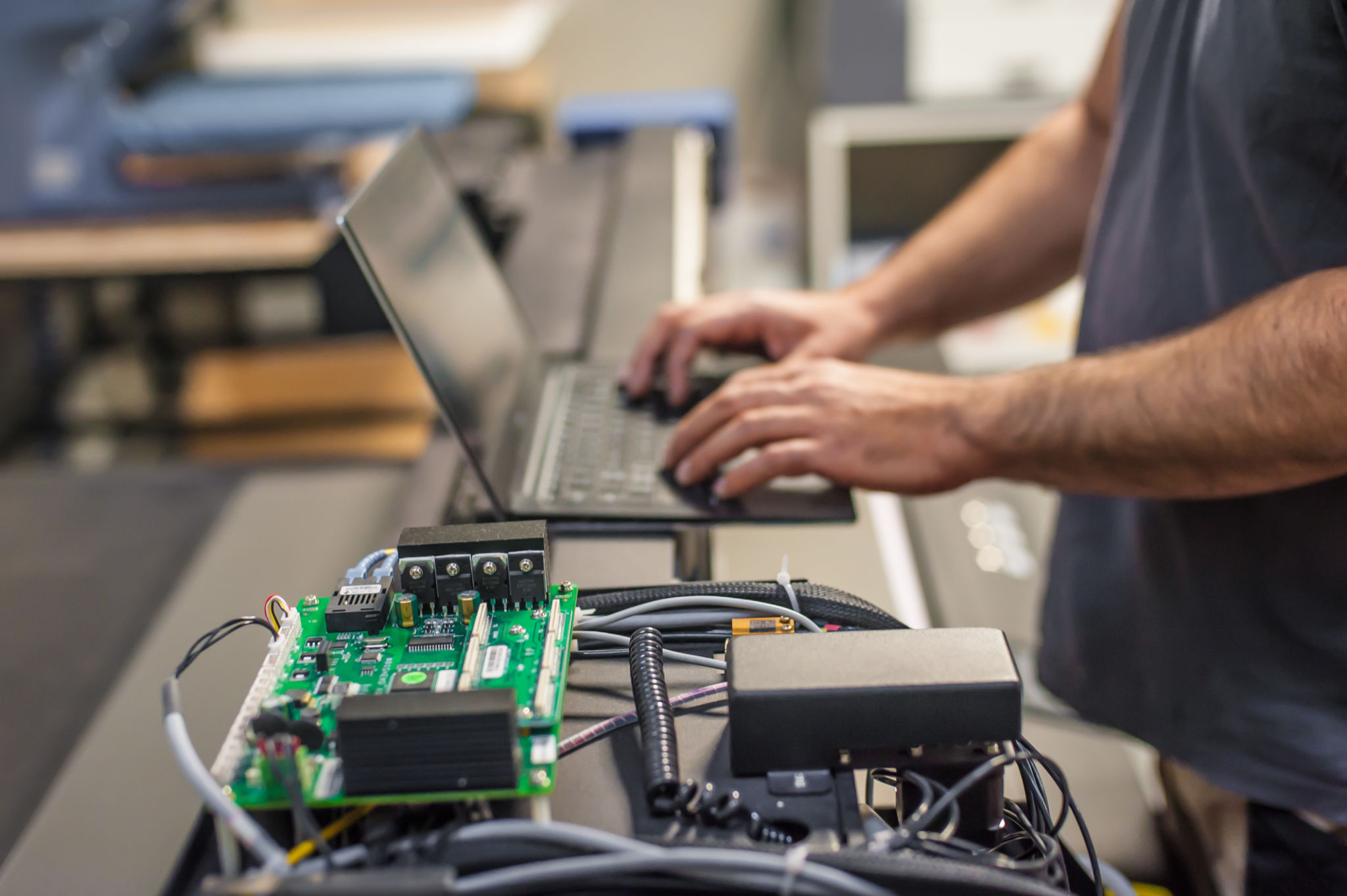Proactive IT Maintenance: How to Prevent Common Tech Issues
Understanding Proactive IT Maintenance
In today's fast-paced digital world, IT systems form the backbone of almost every business operation. Yet, many organizations wait until a problem arises before addressing their IT needs. This reactive approach can lead to unexpected downtime, data loss, and increased costs. Proactive IT maintenance is a preventative strategy designed to keep systems running smoothly, ensuring that potential issues are addressed before they escalate.
Proactive maintenance involves regular monitoring, updating, and optimizing of IT systems to prevent common tech issues. By staying ahead of potential problems, businesses can avoid disruptions and maintain operational efficiency. This approach not only saves time and resources but also enhances the overall reliability of IT infrastructure.

Key Benefits of Proactive IT Maintenance
Implementing proactive IT maintenance offers several advantages. Firstly, it significantly reduces the risk of unexpected system failures. Regular checks and updates ensure that any vulnerabilities are identified and addressed promptly. This minimizes the likelihood of downtime, which can be costly in terms of lost productivity and revenue.
Moreover, proactive maintenance helps in extending the lifespan of IT assets. By keeping systems up-to-date and well-maintained, companies can delay the need for expensive replacements or upgrades. Additionally, this approach enhances security by ensuring that all systems are protected against the latest threats.

Common Tech Issues and Their Prevention
Software and Hardware Failures
Software and hardware failures are among the most common tech issues businesses face. These can be prevented through regular updates and routine checks. Keeping software up-to-date ensures compatibility with other systems and protection against vulnerabilities.
Hardware should also be inspected regularly for wear and tear. Components like hard drives and servers require routine maintenance to function effectively. Implementing a schedule for checks and replacements can prevent unexpected failures.

Network Downtime
Network downtime can cripple business operations. To prevent this issue, regular network monitoring is essential. This involves checking network performance, identifying bottlenecks, and resolving them before they affect operations.
Using network management tools can help in detecting issues early. These tools provide insights into network traffic, helping IT teams optimize performance and ensure uninterrupted connectivity.
Steps to Implement Proactive IT Maintenance
To implement proactive IT maintenance, businesses can follow these steps:
- Conduct Regular Audits: Regularly review your IT infrastructure to identify potential issues and areas for improvement.
- Schedule Routine Updates: Ensure all software and hardware are updated to the latest versions to maintain compatibility and security.
- Employ Monitoring Tools: Use tools to continuously monitor system performance and receive alerts for potential problems.
- Create a Backup Strategy: Regularly back up data to prevent loss in case of system failures or cyber-attacks.
By following these steps, businesses can maintain a robust IT environment that supports their operations efficiently and securely. Proactive IT maintenance is not just a preventive measure; it's an investment in the smooth functioning of your business's technological backbone.
